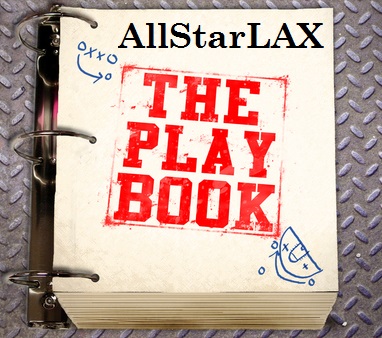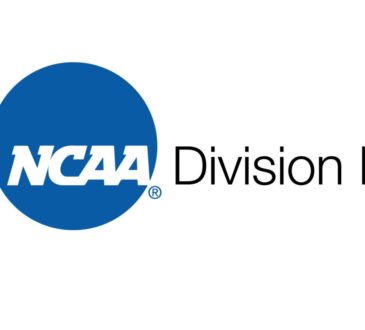
The NCAA publishes recruiting calendars with specific restrictions and rules on when, where and how coaches can communicate with high school athletes they are trying to recruit. These NCAA Contact Periods are critical in the athletic scholarship recruiting process, and any athlete needs to understand them. Below are the four types of contact periods on the NCAA Calendar, with explanations:
Contact Period
The Contact Period has minimal restrictions, and just about every type of contact is allowed between the college coach and the high school athlete. You can meet off or on campus, and the coach is allowed to watch an athletic event. Below are the types of contact that are allowed during this NCAA Contact Period:
- Unofficial Visits
- Official Visits
- Off campus / home visits
- Letters
- Emails
- Calls
- Event viewing / evaluations during your club or high school competition
Evaluation Period
The Evaluation Period on the NCAA Recruiting Calendar is a bit more restrictive than the open Contact Period, and is primarily for the coach to “evaluate” you. The big difference is that the coach cannot have ANY off campus contact with the athlete or parent. Here is what is allowed:
- Unofficial Visits
- Official Visits
- Letters
- Emails
- Calls
- Event viewing / evaluations during your club or high school competition
Quiet Period
The Quiet Period is a restricted time, typically before the National Letter of Intent (NLI) day that prevents a coach from having any off campus viewing or interaction with the athlete and parents. Here is what is allowed during this NCAA Quiet Period:
- Unofficial Visits
- Official Visits
- Letters
- Emails
- Calls
Dead Period
The NCAA Dead Period is the most restrictive time for communication between the coach and the high school recruit, and only allows the following:
- Letters
- Emails
- Calls
- College visits are allowed, but you cannot meet the coaches.
Hopefully this helps outline the NCAA Calendar terms and NCAA Calendar Periods. To get a good look at the calendars, go here:







